Our Natural Resource Team is finishing up a two-month schedule of works at 19W (Raffs Beach) in Ocean Grove which will help protect the Hooded Plovers’ breeding environment.
The first step was works to control the spread of Sea Wheat Grass, including brush cutting and removing the biomass. Sea Wheat Grass can prevent these very special small birds from moving through the dunes, from visualizing harmful threats and nest site selection.
Our rangers then embarked on a planting regime, planting indigenous plants that are local to the area, including Hairy Spinifex, Coast Blown Grass, Prickly Spear Grass and Coast Daisy Bush. The Spinfex planting promotes gentle sloping dunes that are less prone to damage from weather events and Hooded Plover chick entrapment between dune face and ocean.
The aim of these works was to enhance the breeding area of local Hooded Plovers, in readiness for their breeding season.
Hooded Plovers are a threatened species and nest from August to March (sometimes April), which overlaps with the peak period of human use of their beach habitats. They generally lay 1-3 eggs in a simple nest scrape on the beach above the high tide mark, foredune or dune.
Maintain a breeding population of Hooded Plover is a key outcome in the Barwon Coast Coastal and Marine Management Plan 2020-2025.
Find out more about plovers here.
